



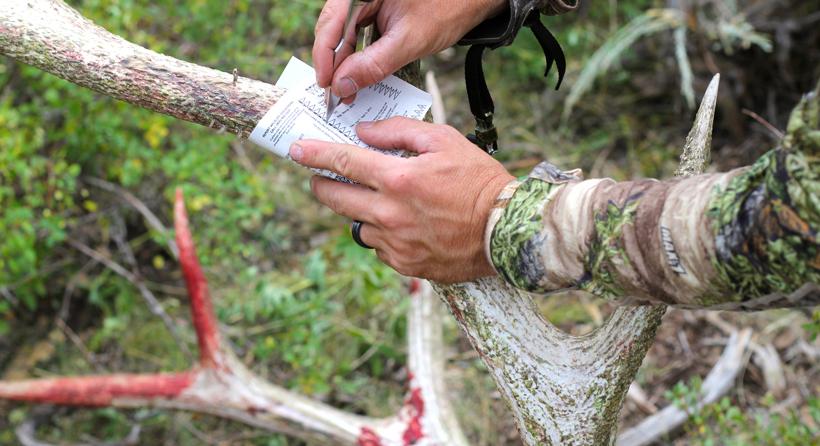
Photo credit: Steve Barker

Photo credits: Stefan Wilson

Minimal equipment is required for interval training
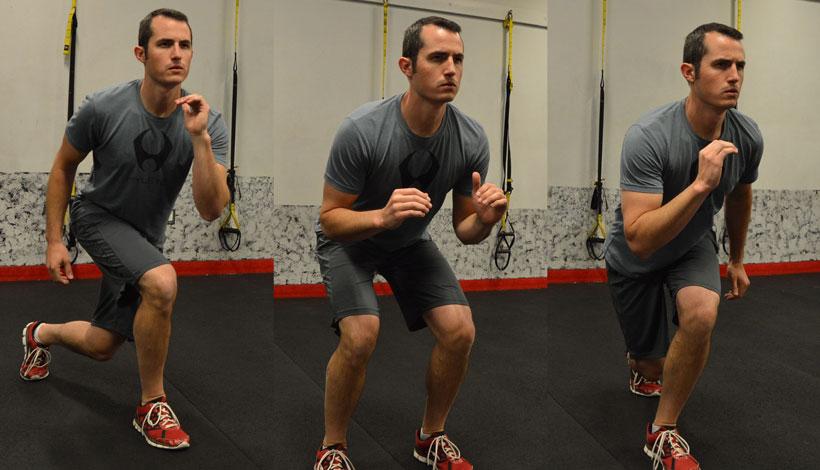
Lower body intensive exercises are perfect for tabata training
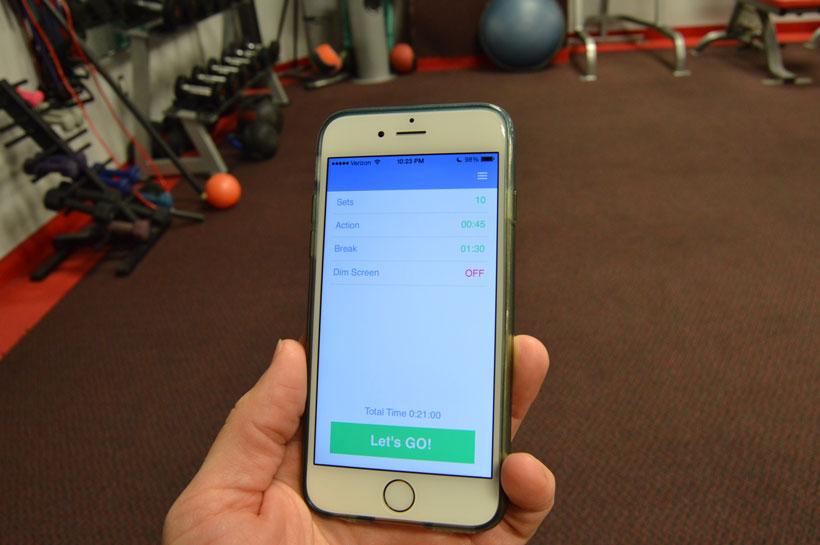
Using an interval timing app will ensure that you hit the intervals right on time.

Burpees are a great form of Tabata training. Burpee part one.
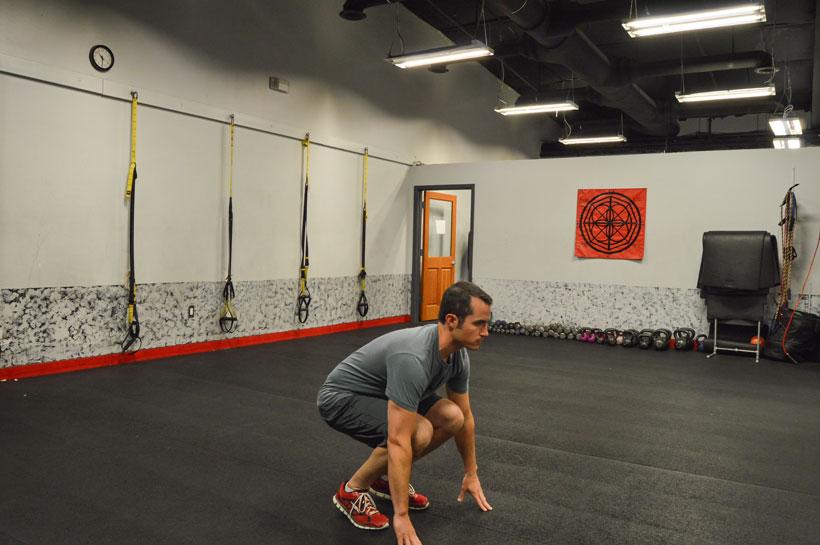
Burpee part two.
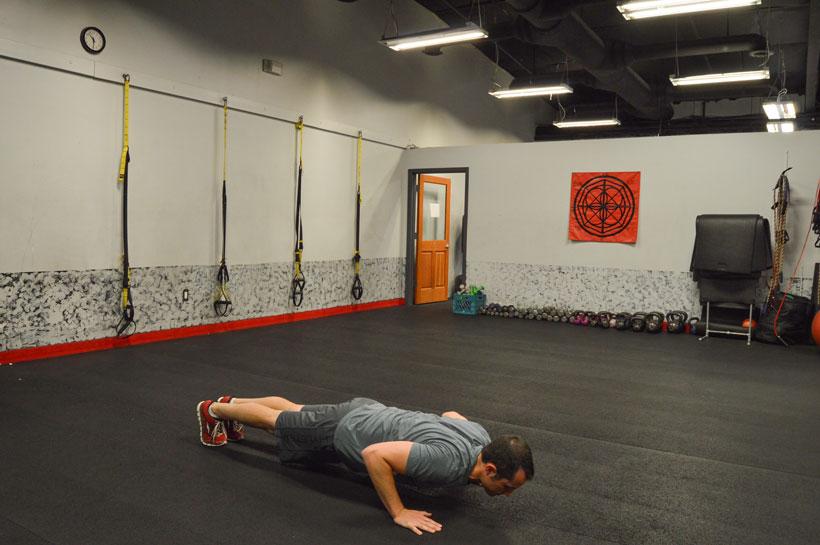
Burpee part three.
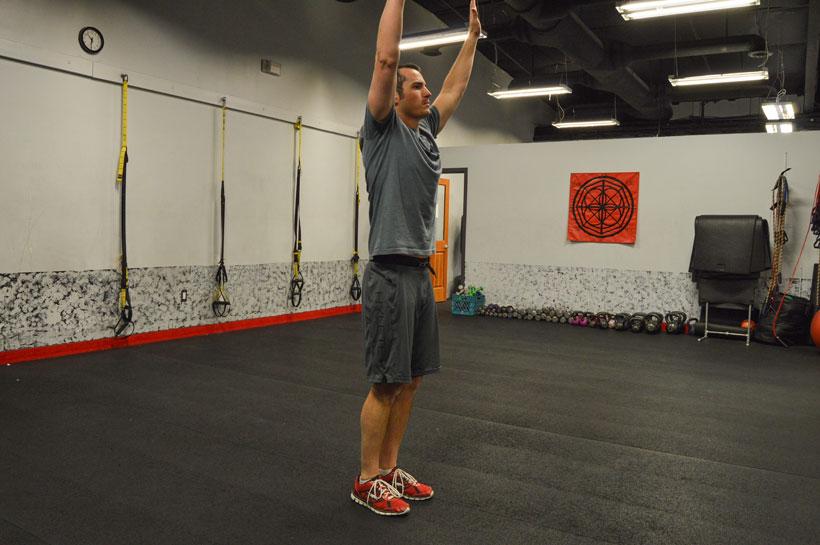
Burpee part four.

Now is the time to start planning every meticulous detail of your elk hunting season, whether it is over-the-counter or draw tags. During your planning and excitement, make sure to not overlook one crucial detail: your fitness.
Hunting elk is different from hunting any other animal. Elk are typically found in areas that are difficult to get to and, to make matters worse, they do not like to stay put. Elk are a nomadic species, covering large amounts of ground in relatively short amounts of time. This means that as a hunter you have to be able to cover quite a bit of ground in steep country — all while carrying a pack, bow or firearm, water and the rest of your supplies! If this were not challenging enough, there is what I like to call "the inevitable sprint" that occurs on nearly every elk hunt: that small window of opportunity in which you have to cover a lot of ground very quickly in order to get a shot. Oh, and by the way, all of this takes place at high altitude where there is less oxygen. If you want to hunt elk and have a decent chance at success, you must be in "Elk Shape."
"Elk Shape" encompasses three different aspects of fitness: reduction of non-functional weight, cardiovascular endurance and muscular strength and endurance. In this article, we will deal with the first two: reduction of non-functional weight and cardiovascular endurance. In Part II, we will look at the importance of muscular strength and endurance.
The lightweight craze has taken over the hunting industry and for good reason. The laws of physics tell us that something that weighs less can move with less force than something that weighs more. So it makes sense to try to cut weight across all of our gear to make our load lighter. But that can come at a cost, often times a very high one. Lightweight hunting gear is not cheap! Look at types of weight to determine the best place to reduce the weight you are carrying. There are three types of weight you need to be aware of when considering how to lighten your load while hunting:
This is weight that you cannot do anything about. You cannot change it, you cannot buy something lighter and you cannot live without it. This would include things like your bones, organs, and the like. Obviously, we aren’t going to spend a lot of time talking about this because it is self-explanatory.
This is weight that is variable, but serves a purpose. Your necessary gear such as your pack, binoculars, rifle and water fit into this category. Also, muscle mass fits into this category because lean muscle helps you perform in the outdoors; it supplies strength and endurance during strenuous activity. Muscle weighs more than fat, so as you build muscle, you will likely gain weight. You want to be sure to build lean, functional muscle mass. When it comes to your gear, be sure to take a careful inventory of what is in your pack and if it is absolutely necessary or not; if it is not necessary, lose it. Also, with regard to your gear, functional weight is variable since you have lightweight options for most of it, but always remember: everything is a trade-off and sometimes “lightweight” is not necessarily better.
This is weight that serves no purpose whatsoever for you in the backcountry. Specifically, this is excessive body mass. Body fat is essential for the healthy operation of the human body. A healthy, fit male will have between 12 to 18% body fat. A healthy, fit woman will have between 20 to 25% body fat. This is a good thing; however, excess body fat is not. Excess muscle mass also falls into this category. If you know that you are overweight and are carrying excess body fat or excess muscle mass, you know the area of opportunity for you to take less weight into the backcountry. With an understanding of functional and non-functional weight, it is clear to see that the cheapest, most effective way to carry less weight is to lose weight! When it comes to your gear, you could reasonably expect to shave a few ounces here and there and ultimately carry a few pounds less. But if you focus on your body weight instead, you could legitimately reduce the load you are carrying by five to 10 pounds (or more!). Over the last year, I have lost 22 lbs through training and a proper diet. That is a weight savings (and health benefit) that money simply cannot buy. The best way to lose weight is through a combination of diet and exercise. Sorry everyone…there is no magic pill that will help you lose copious amounts of weight. It takes discipline, hard work and time. The reward is a healthier and lighter you. The best way to exercise for weight loss is to incorporate various forms of cardio while also doing resistance training (for now, we will look at the cardio piece and we will discuss the resistance aspect in Part II).
Certain types of cardio are great for quickly shedding excess body fat and losing weight, decreasing non-functional weight while improving cardiovascular performance. What specific types of cardio are best?
Think about how you hike while you are hunting. Typically, it is a series of pauses followed by short bursts of hiking, then pausing again. Part of the issue that hunters have in how they train is that they will do constant-paced cardio (like running), which is good, but they do this without supplementing other forms of cardio to train the body at the highest level of exertion; then, when they are exerting themselves more during a hunt than they would have when they were running, they fatigue quickly. That is where high intensity interval training (H.I.I.T.) and tabata training come in.
H.I.I.T. is a form of cardio that focuses on sprints and active rest. With interval training, the sprinting portion of the workout is done at the highest level of exertion possible. This should last for about 30 to 60 seconds, based on your fitness level. Then slow your pace to an active rest in which you are still moving, but slow enough that your body is able to recover; this period last for about one to two minutes. A typical H.I.I.T. workout should last around 20 minutes, cycling between sprints and active rest. You can do any cardio exercise you prefer; however, you should try to focus on those exercises that will emulate hiking (stair-stepper, jogging on an incline, etc.). H.I.I.T. cardio will train your body to be accustomed to the drastic changes in exertion that take place during an elk hunt. If you are new to this type of training, start with two minutes of warm-up, followed by eight cycles of 30 seconds of sprinting and 90 seconds of active rest. Finish up with two minutes of cool down. As your fitness level increases, increase the duration of time you are sprinting while decreasing the duration of your active rest.
Tabata training is a form of H.I.I.T. that is often used for short, intense, effective workouts. Tabata training is often used with one exercise that uses multiple muscle groups simultaneously (squat thrusts, burpees, kettle bell swings, mountain climbers, sprints, step-ups, etc.) and should last between four to 10 minutes.
To perform a tabata workout, perform the selected move at absolute full intensity for 20 seconds, then rest for 10 seconds, then go right back to full intensity for another 20 seconds, rest for 10 seconds, and so on until your time is up. You should begin by doing this for four minutes until your body can adapt to the training style at which point you can increase the time each week. You should be absolutely exhausted by the end of the workout; the active 20 second intervals should be performed at the fastest pace possible while staying safe and maintaining good form. If you feel like you can keep going when the time is up, you either did not give 100% or you need to increase your time. When performed correctly, this is one of the most effective forms of interval training for losing weight and improving your cardio level.
You should be performing an H.I.I.T. or tabata workout three to four times per week. You will see the greatest benefit in these workouts by doing them immediately after a resistance workout.Combining H.I.I.T. and tabata training will ensure that you have the cardiovascular foundation to be able to handle that moment when you have to cover ground quickly and in so doing, get that shot before your window of opportunity passes you by.
Most guides would say that the largest factor that leads to their clients not harvesting an animal is poor physical fitness. Not gear, not accuracy, not lack of opportunity, but the fact that they are out of shape and that ruins the hunt. Do not let that be you. Start getting into "Elk Shape" now and the reward will be a filled tag and a healthier you.